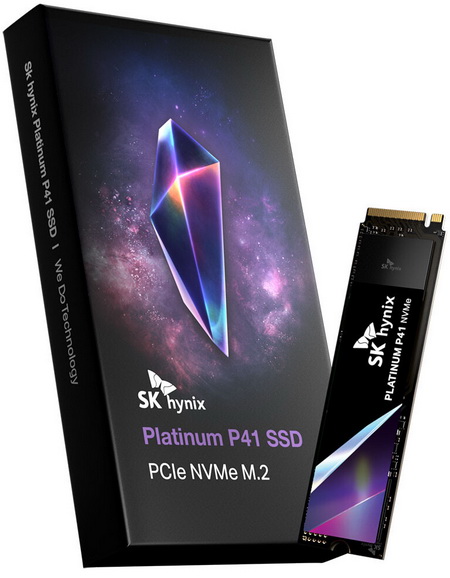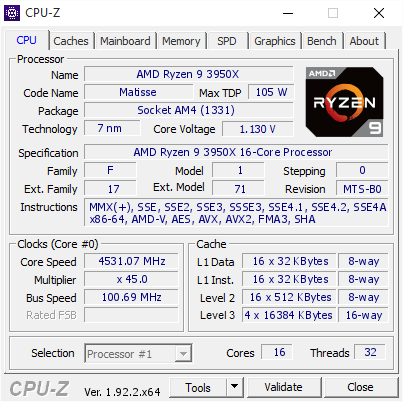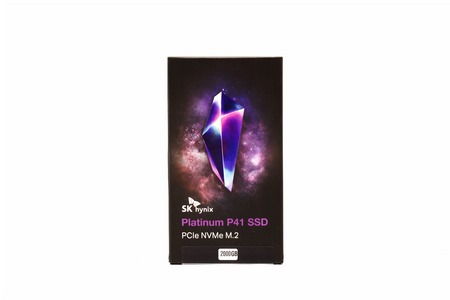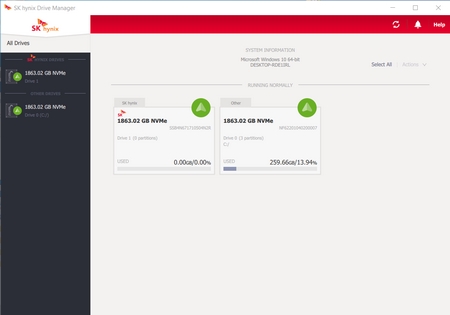INTRODUCTION

With the very first PCIe 5.0 Gen 5 SSD compatible motherboards by both AMD (X670E) and Intel (Z790) making their debut as i type these lines it's a safe bet that Gen 5 M.2 NVMe SSD models will soon start popping up in numbers. Still for now PCIe 4.0 Gen 4 models are obviously the fastest popular storage media around and with data transfer speeds surpassing 7000MB/s for quite a few models they are actually more than what the majority of the market could ever hope for. Last week i had the opportunity to test the 2TB capacity model of the Gold P31 line of PCIe 3.0 Gen 3 M.2 NVMe SSDs by SK hynix and as promised today I’ll be testing their Platinum P41 2TB PCIe 4.0 Gen 4 M.2 NVMe model.
SK hynix Inc., headquartered in Korea, is the world’s top tier semiconductor supplier offering Dynamic Random Access Memory chips (“DRAM”), flash memory chips (“NAND flash”) and CMOS Image Sensors (“CIS”) for a wide range of distinguished customers globally. The Company’s shares are traded on the Korea Exchange, and the Global Depository shares are listed on the Luxemburg Stock Exchange. Further information about SK hynix is available at www.skhynix.com, news.skhynix.com.
The Platinum P41 is currently available in 500GB/1TB/2TB capacities and is based on SK hynix's very own ACNS075 PHC631.00S-1 PCIe 4.0 Gen 4 (NVMe v1.4) NAND flash controller (codename ARIES) which they’ve paired with 2GB of their very own LPDDR4 DRAM (4266MHz) and their very own 176-layer 3D TLC NAND flash (so basically this is an 100% in-house model like the ones manufactured by Samsung). This configuration allows the Platinum P41 2TB variant to achieve sequential read and write speeds of 7000MB/s and 65000MB/s respectively. The ACNS075 PHC631.00S-1 PCIe 4.0 Gen 4 NAND flash controller is an 8-channel model that fully supports technologies like error correction, TRIM, SMART, device sleep (power management), garbage collection and AES-256bit encryption (TCG pyrite is supported). As for endurance SK hynix reports an MTBF (meantime between failures) of 1.5 million hours for the entire line and an TBW of 500, 750 and 1200 for the 500GB, 1TB and 2TB capacities respectively. Last but not least SK hynix covers their entire Platinum P41 line of PCIe 4.0 Gen 4 SSDs with a 5-year limited warranty.
SPECIFICATIONS AND FEATURES

PACKAGING AND CONTENTS
SK hynix uses a small cardboard box to ship their Platinum P41 series which at the front has something like a purple diamond right over the included capacity.
Several certifications are printed at the rear of the box right under a product drawing.
The user instructions and terms and conditions papers are bundled along with the Platinum P41 M.2 NVMe SSD.
THE PLATINUM P41 2TB
The Platinum P41 is a single side M.2 NVMe Gen4x4 model that follows the typical 2280 size/form factor (22mm in width and 80mm in length).


 Under the top sticker we find the ARIES NAND flash controller, 2GB LPDDR4 DRAM 4266MHz module and two 176-Layer 3D TLC NAND flash modules (1024GB in capacity each).
Under the top sticker we find the ARIES NAND flash controller, 2GB LPDDR4 DRAM 4266MHz module and two 176-Layer 3D TLC NAND flash modules (1024GB in capacity each).
On the other side of the PCB, we find a sticker with the drives part and serial numbers and barcodes and of course its capacity and numerous certifications.
DRIVE MANAGER
From the official SK hynix website you can download two pieces of software, the migration utility and their drive manager.
The drive manager is basically a monitoring utility which allows the end user to check the state of the drive (temperatures/remaining life/condition), check the SMART page, see which features are enabled, check the details of the drive and perform firmware updates (you will need to download the firmware from their support page first).
TEST BED


TESTING METHODOLOGY
Not long after I first started testing SSDs back in 2008, I concluded that it's almost impossible for any single benchmark suite to accurately measure their performance and that's why in certain benchmark suites we see amazing read/write performance numbers with some drives while in others things are quite different. The reason behind this is that some benchmarking suites are configured to read and write random chunks of data while others read and write constant (sequential) ones. So that's why i always use a very wide selection of benchmarking suites including AIDA64, HD Tach RW, HD Tune Pro, Crystal Disk Mark, Sisoftware Sandra Pro, AS SSD, IOmeter and ATTO. To get the most accurate results each test gets repeated a total of 6 times with the average performance numbers recorded into the charts*/****. Also, as of February 25th 2015 our results will also include the Storage Networking Industry Association’s (SNIA) IOMeter tests. These tests include a 12 Hour write test used to “simulate” performance degradation over time and a mixed workload test which basically shows what you can expect when using an SSD continuously for roughly two hours. Unfortunately, due to the time required for these tests they get repeated a total of 3 times and not 6 as the above.
Many people have made inquiries about our charts in the past so once again please do keep in mind that the Charts have the average performance numbers of each drive recorded and not the peak (highest) ones. Also, although every single one of these programs can help potential buyers choose the right drive for their needs you should also remember that from any kind of benchmark up to real world usage the gap is not small (and usually most differences will go unnoticed by most people). All tests were performed in a fresh Windows 10 Pro x64 installation complete with every update up to the date of this review.
* Since November 2018 the SSD comparison charts have been divided to 2.5” and M.2 models to reduce their growing size.
** Unless stated otherwise the Ryzen 9 3950x based Test Rig used for M.2 Gen 4 SSD reviews is not located in the lab.
*** As of January 2021 for Gen 3x4 models I’ll be using the Core i9-7980XE test rig (after numerous tests the up to 6% difference in read & write performance compared to the i7-6700 system simply wasn’t enough to justify having an extra test rig around).
**** Since February 2022 M.2 NVMe Gen3 and Gen4 SSD drives are placed in different charts.
TEST RESULTS - AIDA64 / ATTO


TEST RESULTS - HD TACH RW / HD TUNE PRO


TEST RESULTS - SISOFTWARE SANDRA PRO / CRYSTAL DISK MARK


TEST RESULTS - AS SSD / IOMETER


TEST RESULTS - IOMETER SNIA

CONCLUSION

The Gold P31 line by SK hynix delivered on everything I’d like from an PCIe 3.0 Gen 3 M.2 SSD so I was clearly expecting the same from their Platinum P41 line. Well, the 2TB variant of the Platinum P41 line may not be the fastest PCIe 4.0 Gen 4 SSD out in the market right now (as it’s evident from the charts) but it does very good overall (thermal throttling was as expected quite frequent during the 12 hour test). On top of that the 5-year limited warranty along with the MTBF of 1.5 million hours and 1200TBW durability are certainly things that will draw potential buyers closer to the Platinum P41 2TB model. nce again SK hynix tops their line to just 2TB and in 2022 with so many manufacturers going well over this I was expecting from them to at least go up to 4TB in order to attract more demanding users (hopefully they will with their Gen 5 line - titanium?).
With a retail price tag currently set at USD205.91 inside the USA (Amazon.com) the Platinum P41 2TB PCIe 4.0 Gen 4 M.2 NVMe SSD by SK hynix is priced extremely well. Unfortunately for reasons unknown to me SK hynix doesn’t make this model available in the EU or even in parts of ASIA and that’s a shame really. That being said thanks to its performance, durability and price the Platinum P41 2TB model by SK hynix is certainly worth getting and for that it also receives the Golden Award.

PROS
- Very Good Overall Performance
- Endurance Numbers (1200TBW / 1.5 Million Hours MTBF)
- 5 Year Limited Warranty
- Price (USA)
CONS
- Availability Outside The US
- Thermal Throttling (12 Hour SNIA Test)

 O-Sense
O-Sense



















.png)

